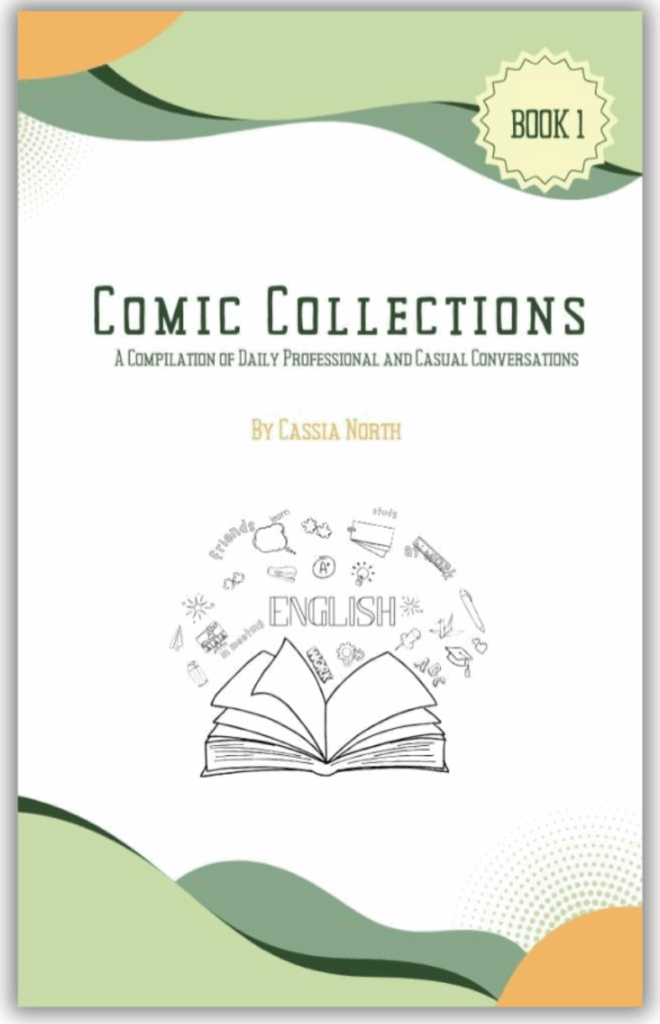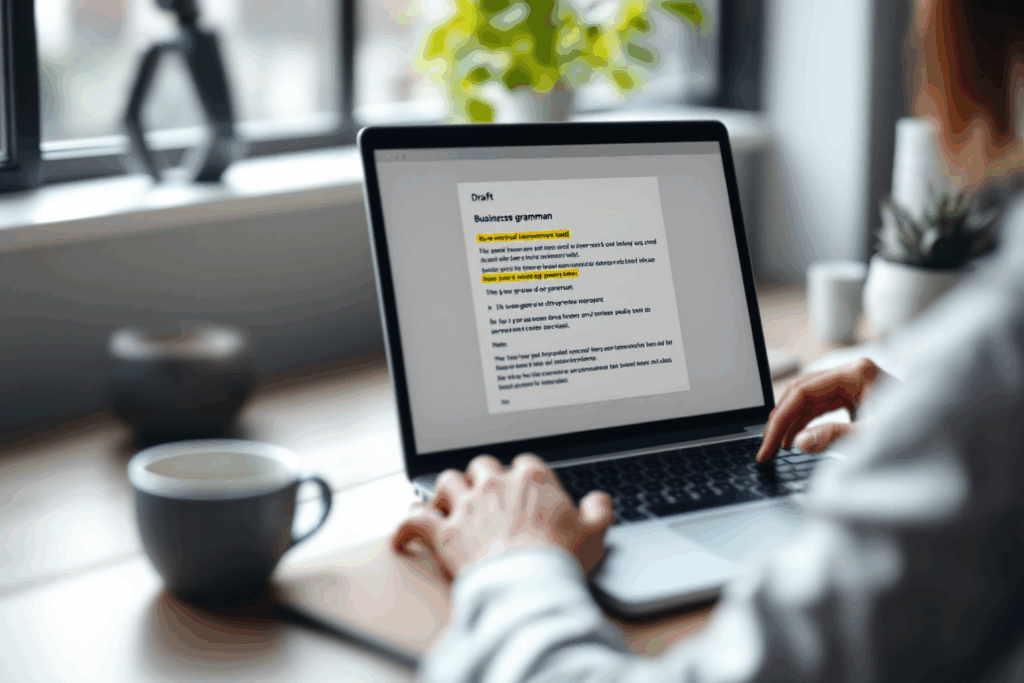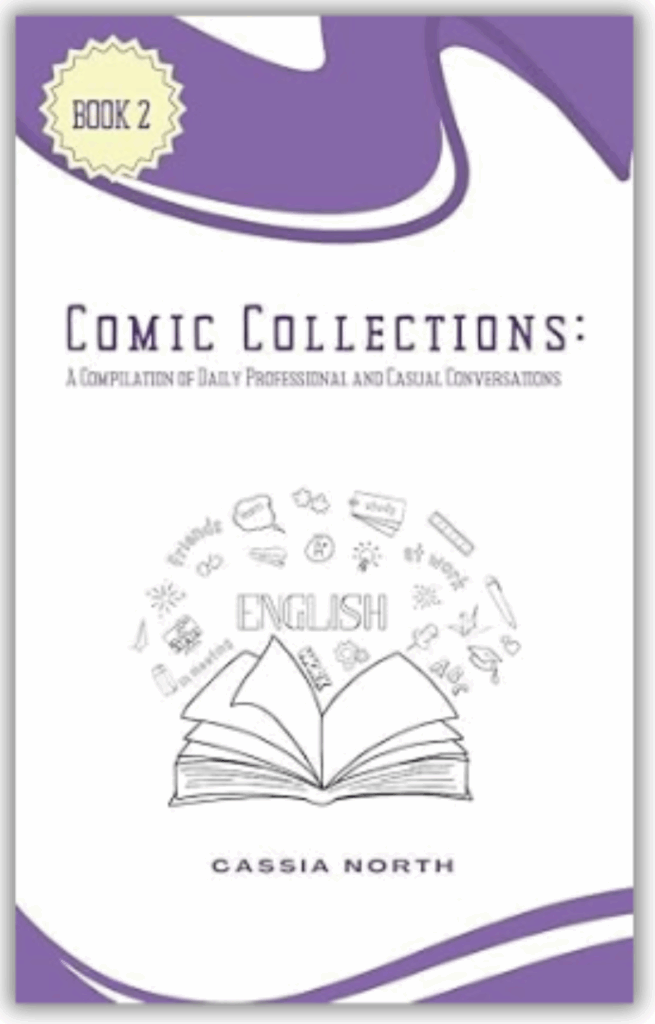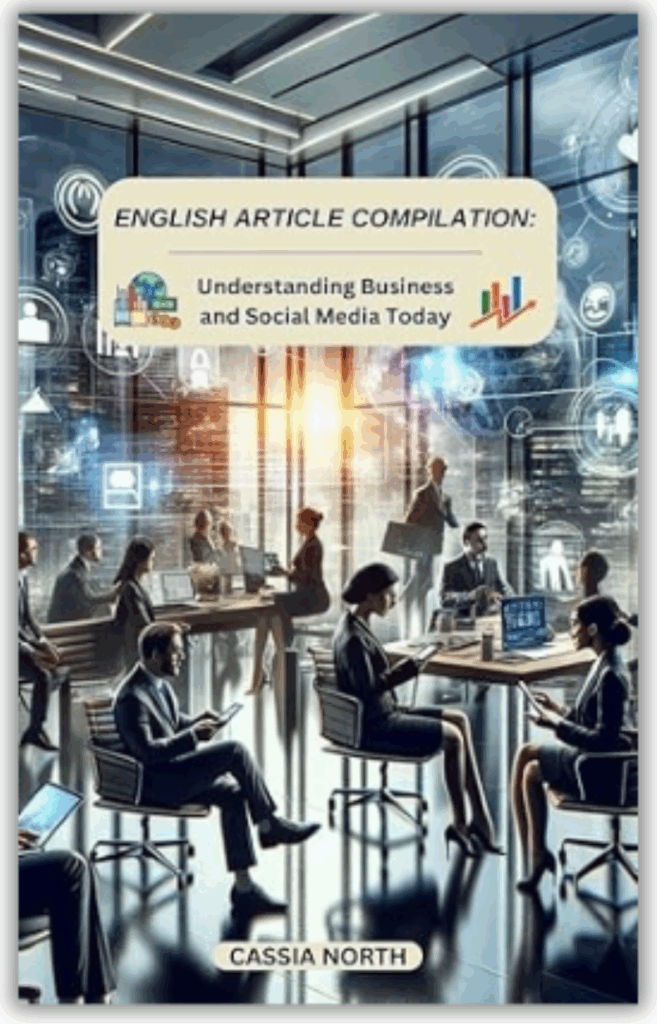
English Blogs
"Let's Learn, Explore, and Connect to the World"

Present Perfect Continuous 6
- Tokita Akira
- Basic English Grammar Blog

VI. Expanding Your Practice with the Present Perfect Continuous
To master the Present Perfect Continuous tense, engaging in diverse and consistent practice is crucial. This section offers strategies and resources to deepen your understanding and usage of this tense in various contexts.
Interactive Exercises and Activities
 Daily Conversations: Incorporate the Present Perfect Continuous into your daily conversations, focusing on actions that have been happening over a period of time.
Daily Conversations: Incorporate the Present Perfect Continuous into your daily conversations, focusing on actions that have been happening over a period of time.
 Writing Diaries: Write diary entries or journal posts using the tense to describe ongoing activities or changes in your life.
Writing Diaries: Write diary entries or journal posts using the tense to describe ongoing activities or changes in your life.
 Role-playing Scenarios: Engage in role-play exercises that involve scenarios requiring the use of the Present Perfect Continuous, such as discussing ongoing projects or life changes.
Role-playing Scenarios: Engage in role-play exercises that involve scenarios requiring the use of the Present Perfect Continuous, such as discussing ongoing projects or life changes.
Enhancing Conversational Skills
 Discussion Groups: Participate in English discussion groups or language exchange meetups where you can practice speaking about ongoing actions or experiences using this tense.
Discussion Groups: Participate in English discussion groups or language exchange meetups where you can practice speaking about ongoing actions or experiences using this tense.
 Debates and Discussions: Join debates or group discussions on topics like environmental changes, personal development, or current events, using the Present Perfect Continuous to express ongoing developments or effects.
Debates and Discussions: Join debates or group discussions on topics like environmental changes, personal development, or current events, using the Present Perfect Continuous to express ongoing developments or effects.
Writing Practice
 Reflective Writing: Reflect on your personal experiences, hobbies, or professional skills that have been developing over time, using the Present Perfect Continuous to emphasize their progression.
Reflective Writing: Reflect on your personal experiences, hobbies, or professional skills that have been developing over time, using the Present Perfect Continuous to emphasize their progression.
 Creative Stories: Write short stories or narratives where characters are involved in long-term actions or experiences, employing the tense to add depth to the storyline.
Creative Stories: Write short stories or narratives where characters are involved in long-term actions or experiences, employing the tense to add depth to the storyline.
Listening and Comprehension Practice
 Podcasts and Audiobooks: Listen to English-language podcasts or audiobooks, paying special attention to contexts where the Present Perfect Continuous is used.
Podcasts and Audiobooks: Listen to English-language podcasts or audiobooks, paying special attention to contexts where the Present Perfect Continuous is used.
 Movies and TV Shows: Watch movies and TV shows in English, focusing on dialogues that incorporate the Present Perfect Continuous, especially in scenes depicting ongoing actions or events.
Movies and TV Shows: Watch movies and TV shows in English, focusing on dialogues that incorporate the Present Perfect Continuous, especially in scenes depicting ongoing actions or events.
Creative Writing
 Blogging: If you maintain a blog, write posts about your ongoing experiences or projects using the Present Perfect Continuous.
Blogging: If you maintain a blog, write posts about your ongoing experiences or projects using the Present Perfect Continuous.
 Story Development: Create stories focusing on characters with long-term goals or challenges, using the tense to convey the continuity of their experiences and actions.
Story Development: Create stories focusing on characters with long-term goals or challenges, using the tense to convey the continuity of their experiences and actions.
Conclusion
 Expanding your practice with the Present Perfect Continuous through a variety of activities and resources is key to mastering its use. Regular practice in speaking, writing, and comprehension will enhance your ability to effectively use this tense, enriching your overall communication skills in English.
Expanding your practice with the Present Perfect Continuous through a variety of activities and resources is key to mastering its use. Regular practice in speaking, writing, and comprehension will enhance your ability to effectively use this tense, enriching your overall communication skills in English.
Latest Blogs

Present Simple Tense 1
English Blogs “Let’s Learn, Explore, and Connect to the World” Present Simple Tense 1 I. Introduction to the Present Simple Tense in English Mastering the

Present Simple Tense 2
English Blogs “Let’s Learn, Explore, and Connect to the World” Present Simple Tense 2 II. Understanding the Present Simple Tense Definition and Structure At its
Reading comprehension quiz
Check out our books and more!

Comic Collections : A Compilation of Daily Professional and Casual Conversations (Book 1)
Laugh and learn with ‘Comic Collections’ by Cassia North – a delightful dive into everyday conversations in professional and casual settings, now in a vibrant, humor-filled ebook. Perfect for all ages!
Check out our Blogs!
Read our everyday blogs and gain new knowledge, skills, and inspiration to support your learning journey here in SEKAEL.


Learn through Common English Errors Blogs by recognizing and correcting everyday grammar and usage mistakes.







 Emphasize Duration: Use this tense to emphasize the duration of an ongoing action, especially when the length of time is significant or relevant to the conversation.
Emphasize Duration: Use this tense to emphasize the duration of an ongoing action, especially when the length of time is significant or relevant to the conversation. Highlight Ongoing Nature: Choose the Present Perfect Continuous to highlight the ongoing nature of an action that started in the past and is still continuing.
Highlight Ongoing Nature: Choose the Present Perfect Continuous to highlight the ongoing nature of an action that started in the past and is still continuing. Combine with Time Expressions: Familiarize yourself with time expressions commonly used with this tense, like ‘for’, ‘since’, ‘lately’, and ‘recently’.
Combine with Time Expressions: Familiarize yourself with time expressions commonly used with this tense, like ‘for’, ‘since’, ‘lately’, and ‘recently’.
 Regular Practice: Integrate the Present Perfect Continuous into daily conversations, focusing on actions that are currently ongoing or were recently completed.
Regular Practice: Integrate the Present Perfect Continuous into daily conversations, focusing on actions that are currently ongoing or were recently completed. Writing Exercises: Write about your recent activities or ongoing projects using the Present Perfect Continuous to emphasize duration and continuity.
Writing Exercises: Write about your recent activities or ongoing projects using the Present Perfect Continuous to emphasize duration and continuity. Listening Comprehension: Listen for the use of the Present Perfect Continuous in podcasts, movies, and conversations to understand its application in various contexts.
Listening Comprehension: Listen for the use of the Present Perfect Continuous in podcasts, movies, and conversations to understand its application in various contexts. The Present Perfect Continuous is a dynamic and expressive tense that adds depth to your English communication, especially when discussing actions over time. By understanding its proper use, common mistakes, and through regular practice, your proficiency and comfort in using this tense will significantly improve, enriching your overall English language skills.
The Present Perfect Continuous is a dynamic and expressive tense that adds depth to your English communication, especially when discussing actions over time. By understanding its proper use, common mistakes, and through regular practice, your proficiency and comfort in using this tense will significantly improve, enriching your overall English language skills.












 Effectively forming questions and negatives in the Present Perfect Continuous is crucial for asking about ongoing actions, their durations, or negating continuous states or actions. This skill enhances your ability to engage in more dynamic conversations, particularly when discussing actions that have been ongoing and are still relevant in the present.
Effectively forming questions and negatives in the Present Perfect Continuous is crucial for asking about ongoing actions, their durations, or negating continuous states or actions. This skill enhances your ability to engage in more dynamic conversations, particularly when discussing actions that have been ongoing and are still relevant in the present.









 The Present Perfect Continuous tense offers a dynamic way to talk about ongoing actions and their durations, temporary states, and cause-effect relationships. Its mastery is crucial for eloquently expressing continuous actions and their relevance to the present moment. In the next sections, we will explore forming questions and negatives, along with practical tips for usage.
The Present Perfect Continuous tense offers a dynamic way to talk about ongoing actions and their durations, temporary states, and cause-effect relationships. Its mastery is crucial for eloquently expressing continuous actions and their relevance to the present moment. In the next sections, we will explore forming questions and negatives, along with practical tips for usage.


 The Present Perfect Continuous tense is a fascinating aspect of English grammar that focuses on actions or situations that began in the past and are still continuing in the present. This tense not only conveys the action but also emphasizes the duration or ongoing nature of that action.
The Present Perfect Continuous tense is a fascinating aspect of English grammar that focuses on actions or situations that began in the past and are still continuing in the present. This tense not only conveys the action but also emphasizes the duration or ongoing nature of that action.

 Understanding the Present Perfect Continuous requires a grasp of the correct use of ‘has’ and ‘have’, which depends on the subject. ‘Has’ is used with singular subjects, while ‘have’ is used with plural subjects and the pronouns ‘I’ and ‘you’.
Understanding the Present Perfect Continuous requires a grasp of the correct use of ‘has’ and ‘have’, which depends on the subject. ‘Has’ is used with singular subjects, while ‘have’ is used with plural subjects and the pronouns ‘I’ and ‘you’. This tense is particularly useful for expressing the duration of actions that are not yet complete or whose effects are still relevant. It’s a tense that adds depth to the understanding of actions, focusing on the process rather than just the outcome.
This tense is particularly useful for expressing the duration of actions that are not yet complete or whose effects are still relevant. It’s a tense that adds depth to the understanding of actions, focusing on the process rather than just the outcome. Differentiating the Present Perfect Continuous from similar tenses, such as the Present Perfect Simple or the Past Continuous, is crucial. While the Present Perfect Simple focuses on the completion of an action, the Present Perfect Continuous emphasizes the ongoing nature and duration of the action.
Differentiating the Present Perfect Continuous from similar tenses, such as the Present Perfect Simple or the Past Continuous, is crucial. While the Present Perfect Simple focuses on the completion of an action, the Present Perfect Continuous emphasizes the ongoing nature and duration of the action. The Present Perfect Continuous is a key tense for advanced English expression, offering a nuanced way to talk about ongoing actions and their duration. Its mastery enhances the ability to convey detailed aspects of time and action, making communication more effective and precise. In the next sections, we will delve into its uses, forming questions and negatives, and practical tips for its usage.
The Present Perfect Continuous is a key tense for advanced English expression, offering a nuanced way to talk about ongoing actions and their duration. Its mastery enhances the ability to convey detailed aspects of time and action, making communication more effective and precise. In the next sections, we will delve into its uses, forming questions and negatives, and practical tips for its usage.

 At the heart of the Present Perfect Continuous is the concept of duration and ongoing action. It is used to indicate actions that began in the past and have continued up to the present moment. This tense is not just about what has happened; it’s about the process and the ongoing nature of actions and events. It allows speakers to emphasize the duration of an action, often giving a sense of development or progression.
At the heart of the Present Perfect Continuous is the concept of duration and ongoing action. It is used to indicate actions that began in the past and have continued up to the present moment. This tense is not just about what has happened; it’s about the process and the ongoing nature of actions and events. It allows speakers to emphasize the duration of an action, often giving a sense of development or progression. One of the unique features of the Present Perfect Continuous is its ability to bridge past actions with the present. Unlike the simple past, which detaches actions from the present, this tense keeps them relevant by focusing on their ongoing impact or continuation. It is a tense that is deeply rooted in the here and now, even as it reaches back into the past.
One of the unique features of the Present Perfect Continuous is its ability to bridge past actions with the present. Unlike the simple past, which detaches actions from the present, this tense keeps them relevant by focusing on their ongoing impact or continuation. It is a tense that is deeply rooted in the here and now, even as it reaches back into the past. The Present Perfect Continuous is crucial in English communication for its ability to express actions in a way that simple past or present tenses cannot. It adds depth to conversations about experiences, ongoing projects, or situations that are evolving over time. Mastery of this tense allows for more nuanced and precise expression, especially in scenarios where the duration and continuity of actions are important.
The Present Perfect Continuous is crucial in English communication for its ability to express actions in a way that simple past or present tenses cannot. It adds depth to conversations about experiences, ongoing projects, or situations that are evolving over time. Mastery of this tense allows for more nuanced and precise expression, especially in scenarios where the duration and continuity of actions are important. For learners of English, understanding and mastering the Present Perfect Continuous can be challenging due to its unique structure and use. However, it also presents an opportunity to delve deeper into the complexities of English and to enhance one’s ability to communicate more precisely about time and action.
For learners of English, understanding and mastering the Present Perfect Continuous can be challenging due to its unique structure and use. However, it also presents an opportunity to delve deeper into the complexities of English and to enhance one’s ability to communicate more precisely about time and action. The Present Perfect Continuous tense is more than just a grammatical rule; it’s a vital tool for expressing ongoing actions and experiences in relation to the present. Its mastery is crucial for anyone looking to articulate the nuances of time and continuity in English. As we dive deeper into this tense, we will explore its formation, uses, and the nuances that make it an indispensable part of effective communication.
The Present Perfect Continuous tense is more than just a grammatical rule; it’s a vital tool for expressing ongoing actions and experiences in relation to the present. Its mastery is crucial for anyone looking to articulate the nuances of time and continuity in English. As we dive deeper into this tense, we will explore its formation, uses, and the nuances that make it an indispensable part of effective communication.